Compass Randonneur Handlebars

Handlebars are one of the most important parts of your bike. As one of the three “contact points”, the handlebar shape determines whether you are comfortable on the bike or not. After every Paris-Brest-Paris, numerous cyclists complain about numb hands. Some riders take weeks until their hands feel and work normally again.
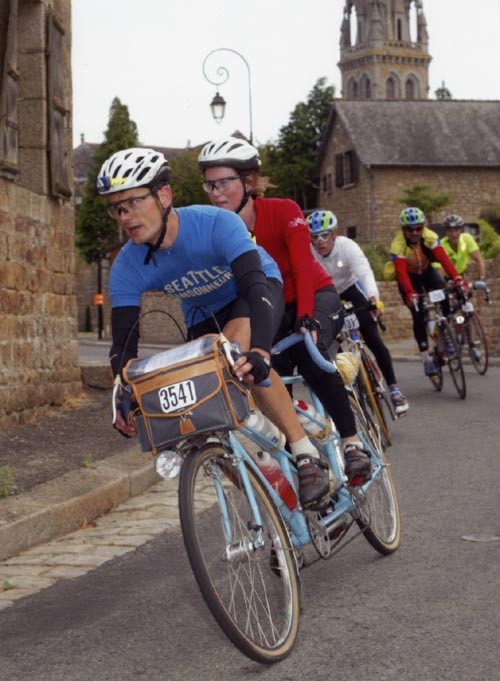
When we rode the 2003 edition of Paris-Brest-Paris on a 1946 René Herse tandem, I realized that hand problems were not inevitable. Despite having to hold onto the bars for 1200 km (765 miles) – riding no-hands on the tandem was possible, but I didn’t do it very much – I had no hand problems whatsoever. The old tandem was equipped with AVA Randonneur handlebars.
Ever since, I have tried to replicate that comfort, but currently-available randonneur handlebars did not live up to their promise. The upward curve of the “Randonneur” shape provides three-dimensional support for your hands, rather than the two-dimensional shape of “normal” handlebars. However, to fit into the palm of your hands, the bars must be shaped just right. The upsweep of most “Randonneur” handlebars does little except raise the bars a bit. Many of these models actually are less comfortable than standard handlebars.
After a decade of trying many different handlebars, we gave up trying to find a new shape. Instead, we decided to replicate the original AVA handlebars. We made detailed measurements of an original and then had Nitto make us a few prototypes.
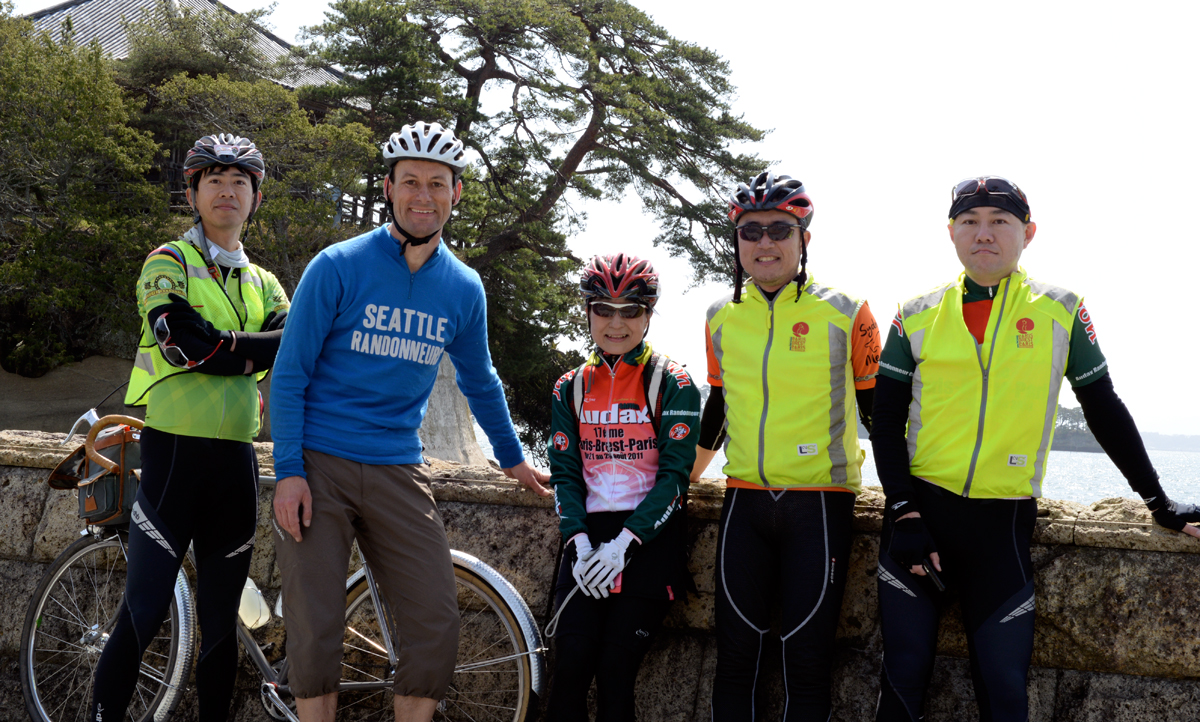
To test the prototype handlebars, I mounted them on my “Mule” and took them to Japan, where I rode them in a Flèche 24-hour ride. Riding for that long, almost non-stop, at relatively low speeds, meant that a significant portion of my upper body’s weight rested on my hands. At the end, my arms and shoulders were tired, but I had no hand problems at all.
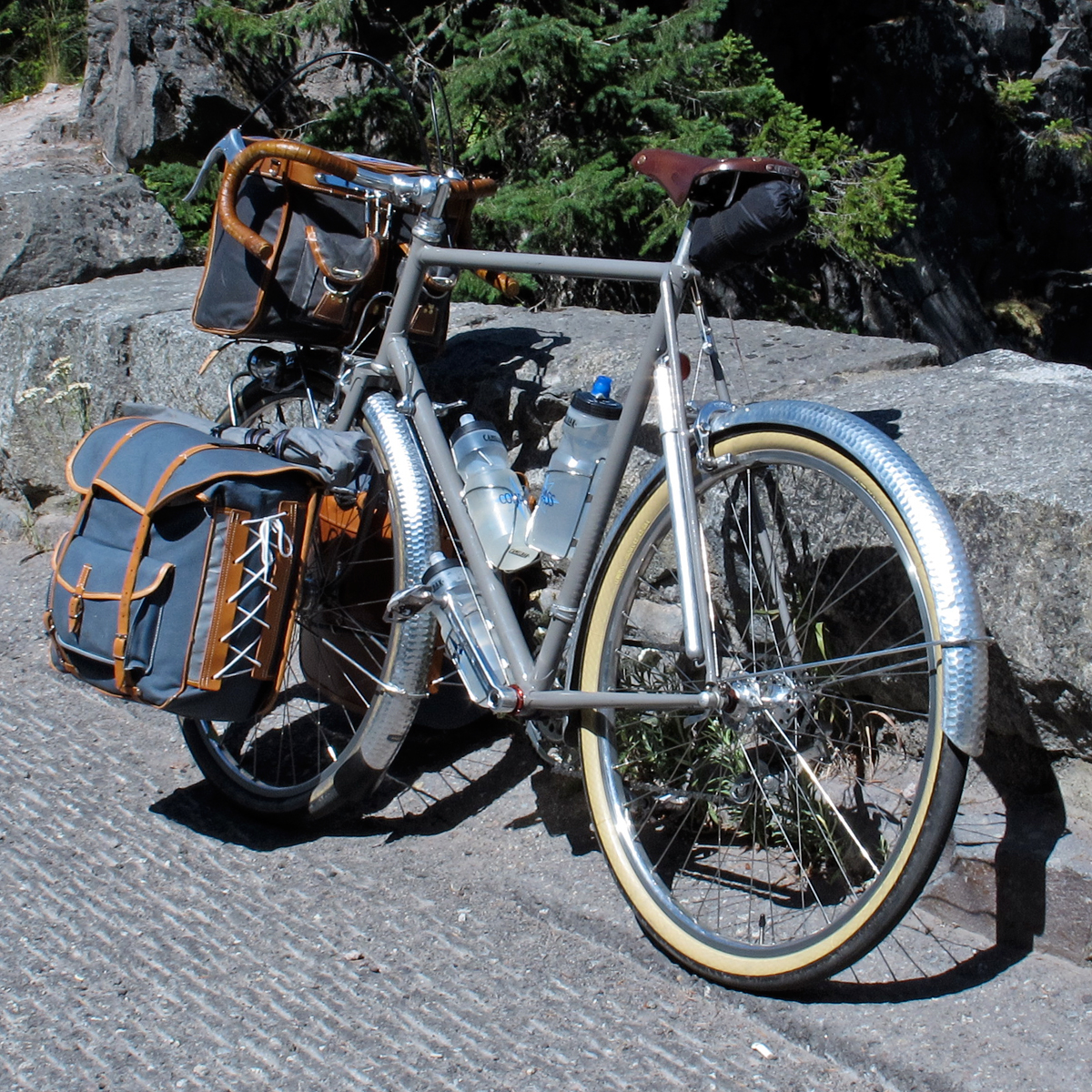
I then took the “Mule” on a multi-day camping trip on rough gravel roads in the Cascades, and the handlebars worked great in that challenging setting, too. The handlebars flare at the bottom, so it was easy to access the drops despite the long reach. (Click here for Lovely Bicycle’s explanation of the hand positions on drop handlebars.)
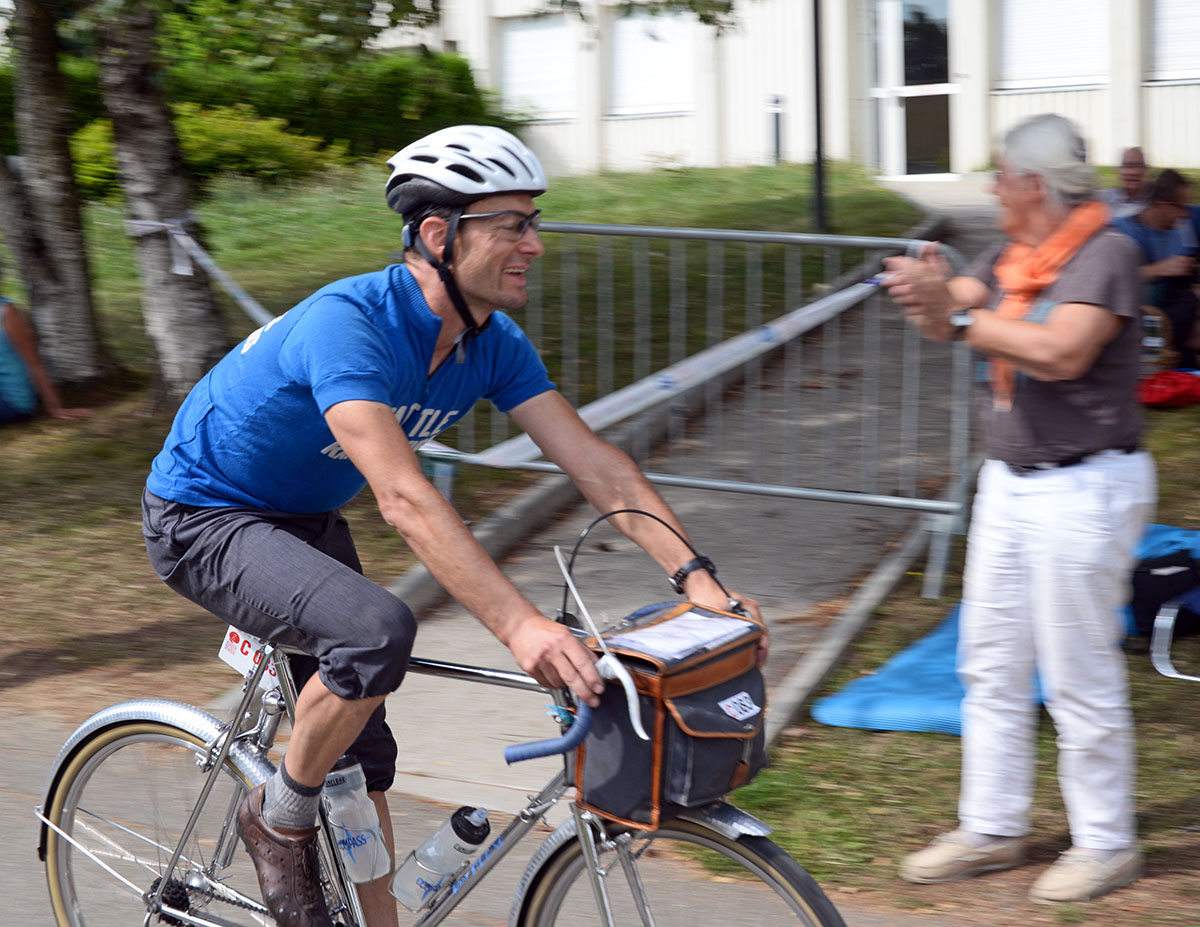
This persuaded me to use the new handlebars in Paris-Brest-Paris, where they excelled once more. After this much testing, we were confident to offer them to our customers.
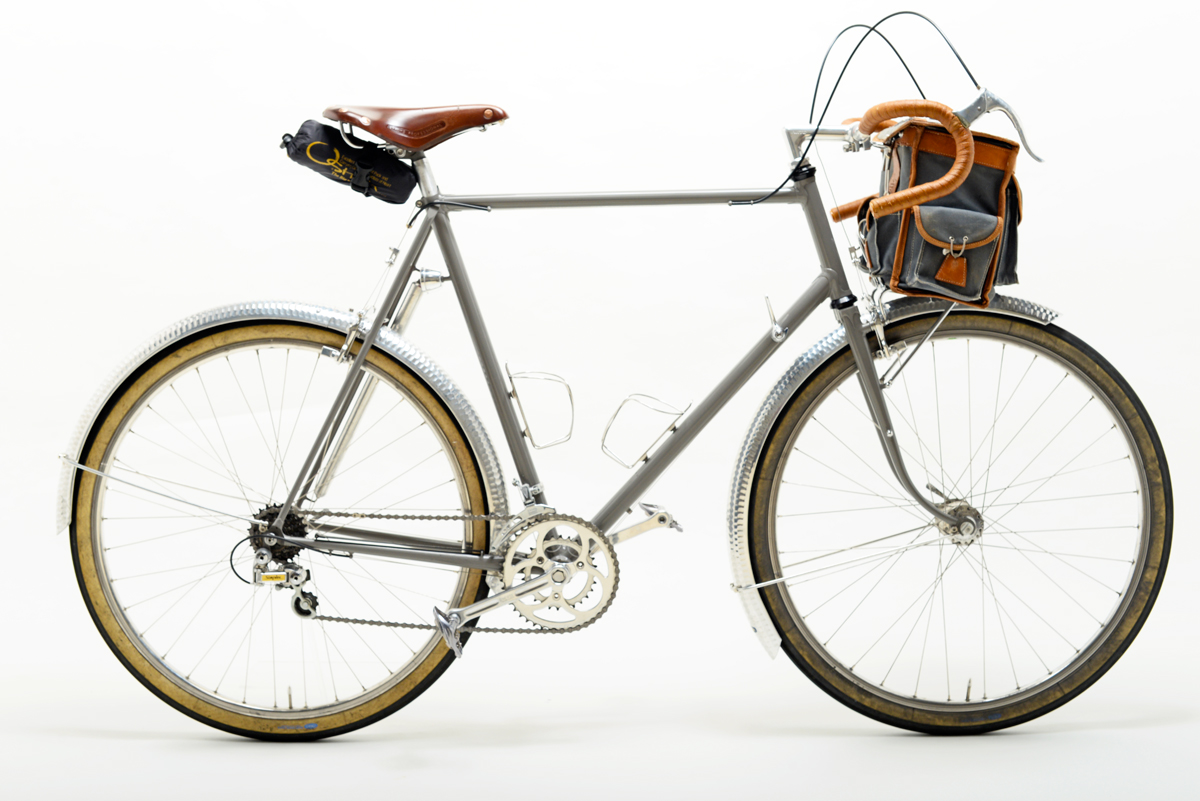
With these bars, it’s important to angle them upward, so that the ramps (the top portion behind the brake levers) are approximately horizontal. It is this part that you use most of the time. The brake hood position provides a more stretched-out position, and the drops are lower and even more aerodynamic. Thanks to the large radius of the hooks, I find that hand position very comfortable, too. And the upward angle of the drops may look unfamiliar at first, but it approximates the angle of your hands when riding in that position.

These bars have generous dimensions, so that each hand position is truly distinct. It means that not just your hands, but also the angle of your back change as you move your hands between the different parts of the bars.
Measured with the bars horizontal, the reach measures 115 mm. It increases when you angle the bars upward. The drop is 140 mm with the bars horizontal. Angled correctly, the reach gets shallower… When angled correctly, both reach and drop work out to about 125-130 mm.
It’s actually a brilliant design in many ways, and it all works out to a handlebar shape that is truly sublime. It’s easy to see now why bars that simply sweep upward from the stem don’t work nearly as well.
The photos show the handlebars with traditional brake levers, but they work as well as with modern ones. Modern levers have slightly longer bodies, so your “on-the-hoods” position will be slightly more stretched out.
We worked with Nitto to make the new Compass version of these handlebars even lighter than the previous Nitto “Superlight” bars. The “Extralight” handlebars are probably the lightest drop handlebars Nitto ever has made, yet they are strong enough for gravel roads and cobblestones. They are heat-treated for strength. They are available in widths of 400, 420 and 440 mm.
We asked Nitto to put our logos on the ends of the bars (as did AVA back then), so they are hidden underneath the handlebar tape. This means that you can use these bars for restorations of classic randonneur bikes, in place of the unfindeable AVA originals.
Click here for more information about these handlebars or to order.


